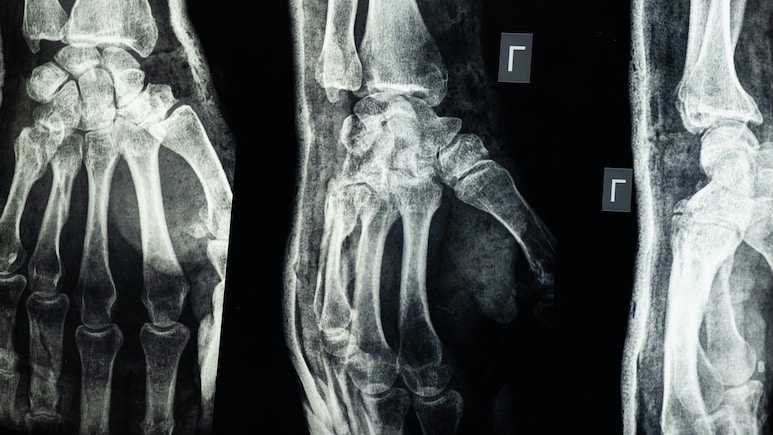
- Chinese researchers developed Bone 02 glue to treat fractures in three minutes or less
- The glue achieves precise fixation even in blood-rich environments and is bioabsorbable
- Bone 02 has been tested successfully in over 150 patients with strong bonding strength
Chinese researchers claimed to have developed a medical bone glue that can be used to treat fractures and shattered bone fragments in just three minutes. The need for a bone adhesive to repair fractures, as well as to glue orthopaedic devices in place, has long been considered a holy grail, but Chinese scientists appeared to have cracked the code.
The product dubbed "Bone 02" bone glue was unveiled by a research team in East China's Zhejiang Province on Wednesday (Sep 10), according to Global Times. Lin Xianfeng, the leader and associate chief orthopaedic surgeon at Sir Run Run Shaw Hospital, stated that he found inspiration to develop bone glue after observing oysters clinging firmly to a bridge underwater.
As per Mr Lin, the adhesive can achieve precise fixation within two to three minutes, even in a blood-rich environment. The glue can also be naturally absorbed by the body as the bone heals, eliminating the need for another surgery to remove implants.
Potential to replace metal implants?
Lab tests confirmed that "Bone-02" managed to perform on both safety and effectiveness metrics. In one of the trials, the procedure was completed in less than 180 seconds or three minutes, while conventional treatment methods would have required a large incision to implant steel plates and screws. As per CCTV, the bone glue has been successfully tested in over 150 patients.
The glued bones showed a maximum bonding force of over 400 pounds, a shear strength of about 0.5 MPa, and a compressive strength of around 10 MPa, which highlights that the product may have the potential to replace traditional metal implants. It could also reduce the risks of reaction and infection, the scientists stated.
Currently, there are a number of bone cements and bone void fillers in the market to fix fractures, but none claim to have any adhesive properties. The first bone adhesives were developed in the 1940s and were based on gelatine, epoxy resins, and acrylates. However, they were not appropriate and were discarded because of biocompatability issues.

